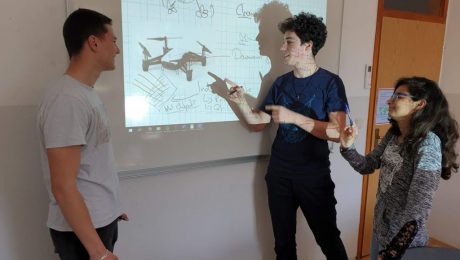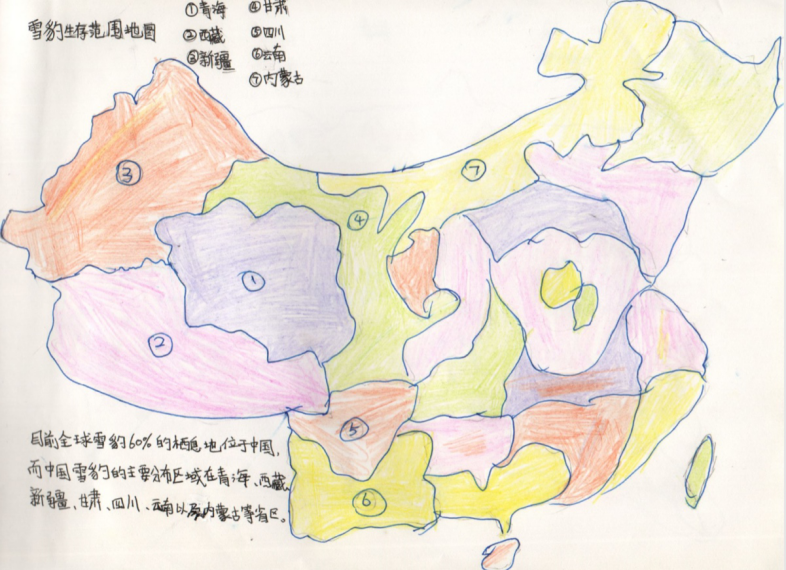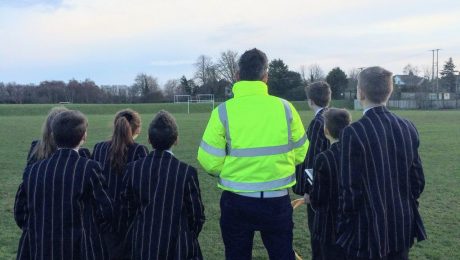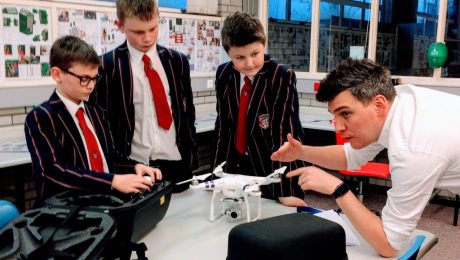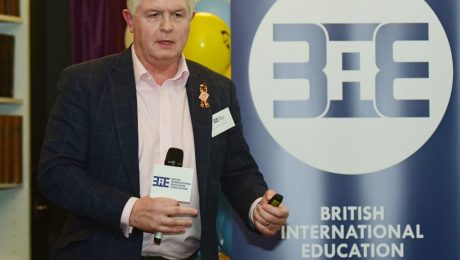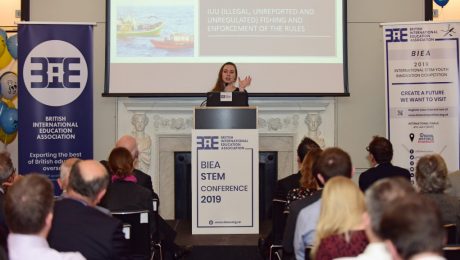Royal Air Force Museum hosts the final round of the BIEA International Youth Science and Innovation Competition
The 2019 International STEM Competition, organised by the British International Education Association (BIEA), will be held on July 4. For this annual competition of science and innovation, all the staff and expert consultants of BIEA are making every effort to bring the best competition experience to the science and innovation talents that are coming from all over the world. Speaking of which, we have to mention the Royal Air Force Museum, which is the venue of the final round of competition.

The Royal Air Force Museum, as a non-government, public institution, is the only national museum dedicated to the aviation industry in the UK. The museum is made up of six hangers used to display a variety of military aircraft, with over 130 real aircraft distributed throughout the museum, as well as numerous aircraft models, and air force uniforms and souvenirs. The museum designers have cleverly combined the exhibition space with interactive elements to create a unique display space in the exhibition hall. The final of the 2019 BIEA International Youth Science and Innovation Competition will be held in the activity halls located in Hangar Three.
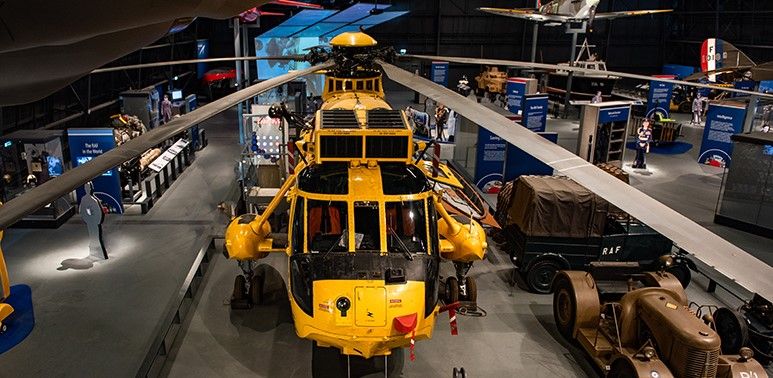
According to the organising committee of the competition, all finalists will compete in groups and draw lots to determine the order of competition. The final competition will be held in three different spaces at the same time: Display space — used to allow each team to display their design ideas and results; Evaluation space — the judges will ask questions according to the thesis and video submitted by each team, and all contestants will have an opportunity to reply. Flying space – teams must complete the flight tasks required by the competition in a limited time, this is the ultimate test of the players’ flying skills! Judges will be assigned to different spaces, according to their areas of expertise, to mark the competition.
“The final process design not only fully demonstrates the fairness of the competition, but also maximizes the enthusiasm of the participating teams”, said Alex Holmes, designer of the Science and Innovation Competition.
On the day of the final round, teams from all over the world will enjoy a special BIEA award ceremony and a traditional British celebration dinner party after the fierce final competition.
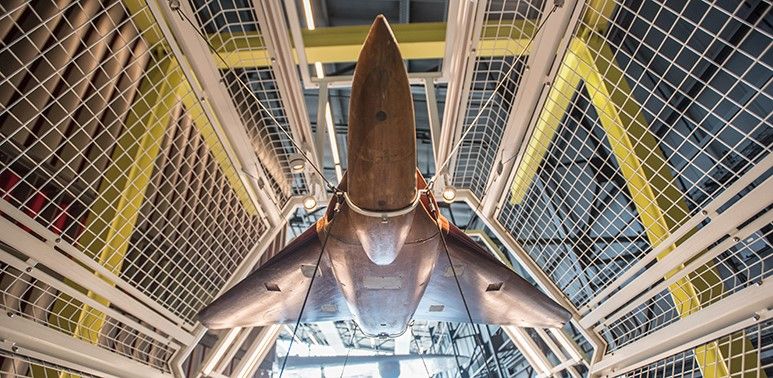
Vicki, director of external co-operation at the RAF Museum, said, “the RAF Museum has been promoting aviation since it was established in 1972. We not only hope to attract people to come to the Museum who know about airplanes and aviation history, but also hope to create an experience space for teenagers to fully learn about aviation knowledge. This happens to coincide with the theme of 2019 BIEA International Youth Science and Innovation Competition, drone war against species extinction. We are delighted to work with BIEA to bring scientific and creative talent from around the world to the Royal Air Force Museum.”
- Published in News
Observe the World Through Science and Innovation
On June the 4th the teams competing in the BIEA International STEM Youth Innovation Competition submitted their video presentations.
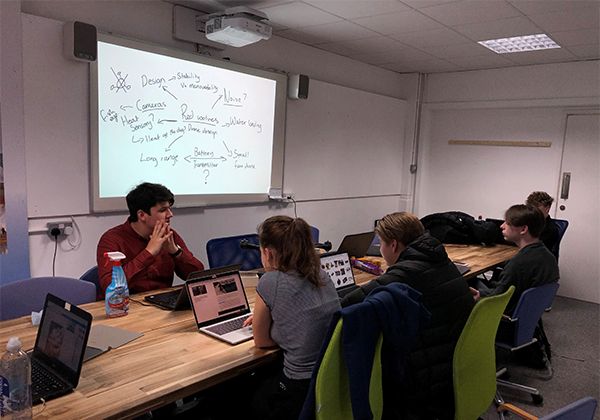
Among the many teams submitting very imaginative projects is Chester International School from the UK. Chester International operates a paperless educational approach. All teaching activities are carried out on the student’s laptops and they are equipped with 3-D printers. This encourages enquiry and innovation in STEM disciplines and the BIEA competition is very much something Chester would compete in. The whole team was involved in the project from the beginning and the young woman member concentrated on referencing information regarding the Red Wolf whilst the young men concentrated on the design and construction of the UAV, both cross referencing and liaising where necessary. The team also referenced experts on 3-D technology and design before submitting their project. The BIEA competition was also designed to encourage team ethos and cooperative endeavour which, according to Montana Hull Chester’s teacher and leader has been achieved throughout. Ms Hull said that the spirit of teamwork and cooperation has been evident in Chester’s team since the beginning and especially when considering that they had not done any UAV work previously.
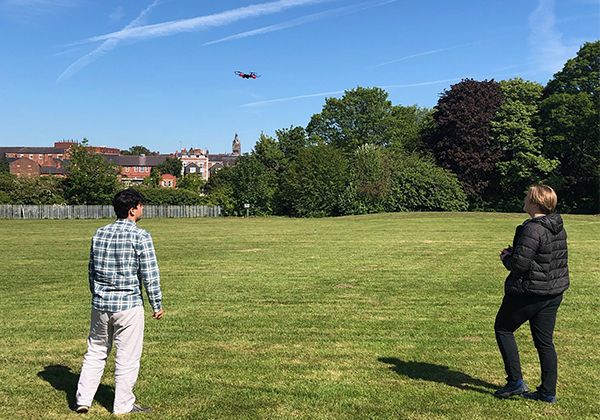
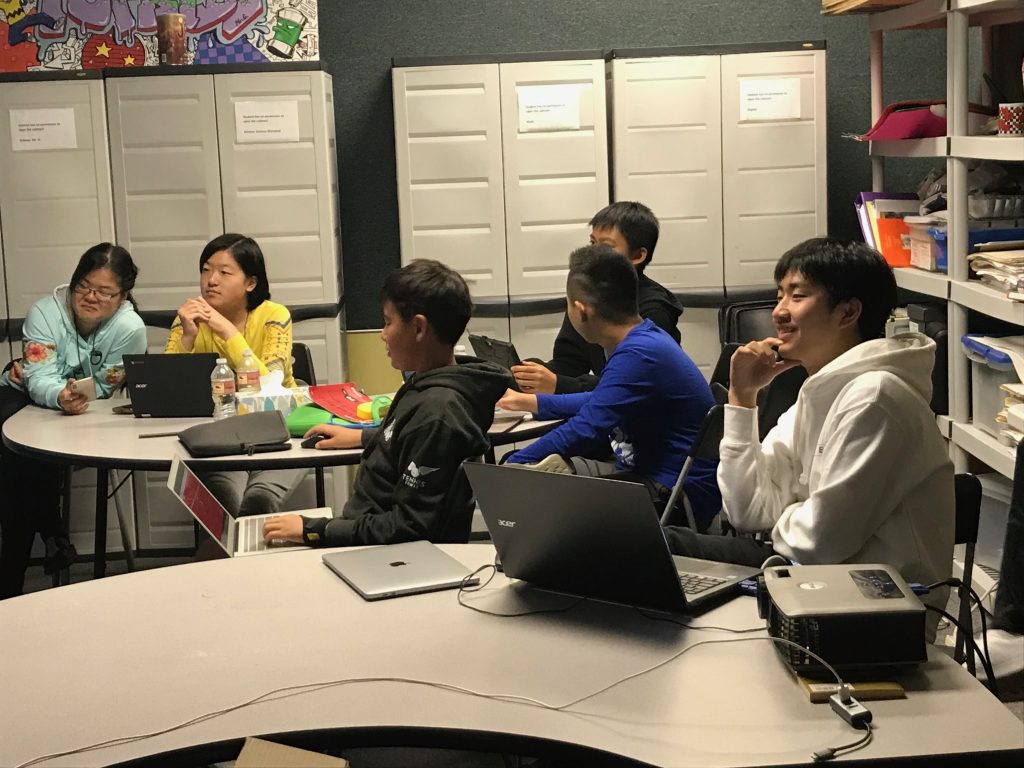
Another school that puts teamwork paramount is Topkids Center in Los Angeles. The USA school has two teams in the finals, one in the 12-14 age group named ‘Paracop’, and the other in the 15-17 group named ‘Zuberi’ Instructor and leader Chris Chai said that when they had first heard of the BIEA STEM Competition and had watched the video of last years competition they had become excited and wanted to enter. He said that it was a great opportunity to apply science and innovative thinking into protection in the real world and that having young students competing with their ideas and technologies from all over the world can only be beneficial to international cooperation and understanding. In selecting which animal to help the teams considered a number of endangered species which included Indiana Bats, iguanas, penguins, Blue-footed Boobies and camels. Eventually the Paracop team chose the Bactrian camel and the Zuberi team went for the African penguin. In preparation for the competition the two teams were encouraged to meet and discuss their respective projects and in this way the elder group gave much help to the younger in terms of technical expertise and flight operation and the younger came up with lots of innovative and interesting suggestions. Teacher Chris Chai offers some advice on how parents can better support their children’s interest in science and innovation, “almost everything around us is tied to science, technology, engineering and math (STEM). Develop your child’s STEM interests by first understanding what areas your child is truly interested in and then taking every opportunity to introduce STEM learning in that area.”
In the process of preparing for the competition, in order to encourage the children to inspire and communicate with each other, the teachers specially let the students of two age groups discuss together. In this way, the higher age group can give a lot of help to the lower age group in terms of technical expertise and flight operation, and the lower age group can come up with a lot of innovative and interesting suggestions.
Teacher Chris Chai also offers some advice on how parents can better support their children’s interest in science and innovation: “almost everything around us is tied to science, that area.”
- Published in News
Many schools from around the world show exceptional talent and ideas in the BIEA international competition
With the rapid development of science and technology and the pace of globalisation, the requirements for talent in the future world are being constantly refreshed. The concept of STEM education has been around for a substantial time but it has never received the global attention as it does today. With the announcement of the final teams list of the BIEA 2019 International STEM Youth Innovation Competition the international interest in using drone and other modern technology to help preserve endangered species is obvious.
A team from the United World College in Mostar (UWCiM), Bosnia and Herzegovina qualified for the finals in the 15-17 age group. As one of the world’s leading IB schools, (offering International Baccalaureate courses), the school entered a team to help protect vultures by using drones to track, observe and understand their life paths and to help solve the problem of vultures that feed on animal carcasses spreading disease and becoming a threat to the ecosystem.
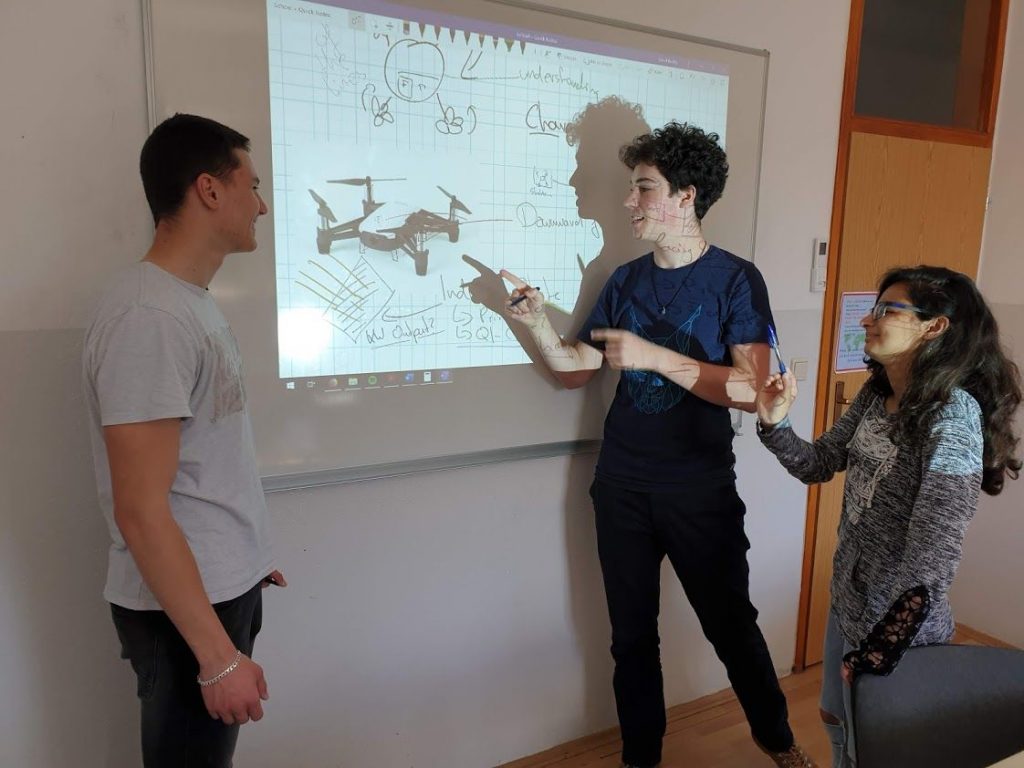
The Mostar team transformed the colour of their UAV design and chose to navigate in specific areas only after careful study of the vulture and its habits and referencing expert opinion. Their biggest problem was keeping within budget to realise their ambitions. With help from the BIEA science and technology committee and careful thought into the design of the UAV and the aims of the team a project was submitted that successfully achieved the desired aims of the team.

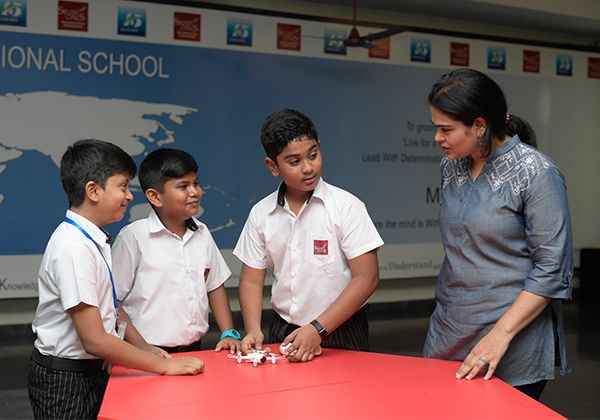
India has always been a country that invests heavily in technological development and innovation to encourage economic growth and this is reflected in their educational system. Sunitha Yernagula, Principal of Silver Oaks International School from Visakhapatnam in East India, spoke of the great excitement when the school knew that their team in the 9-11 age group had reached the BIEA competition finals. The team had decided to help Pangolins, which have been hunted for their skins to the point of extinction. The team’s proposed drone design will use programmes developed for python recognition to identify Pangolins in areas inaccessible to humans. The team leader Nagashilpa said that it would be an unforgettable experience for the team to attend the finals in London. She said that the competition provides a platform for students not only to learn technological skills but also to cultivate the idea of using that technology to facilitate animal and environmental protection.
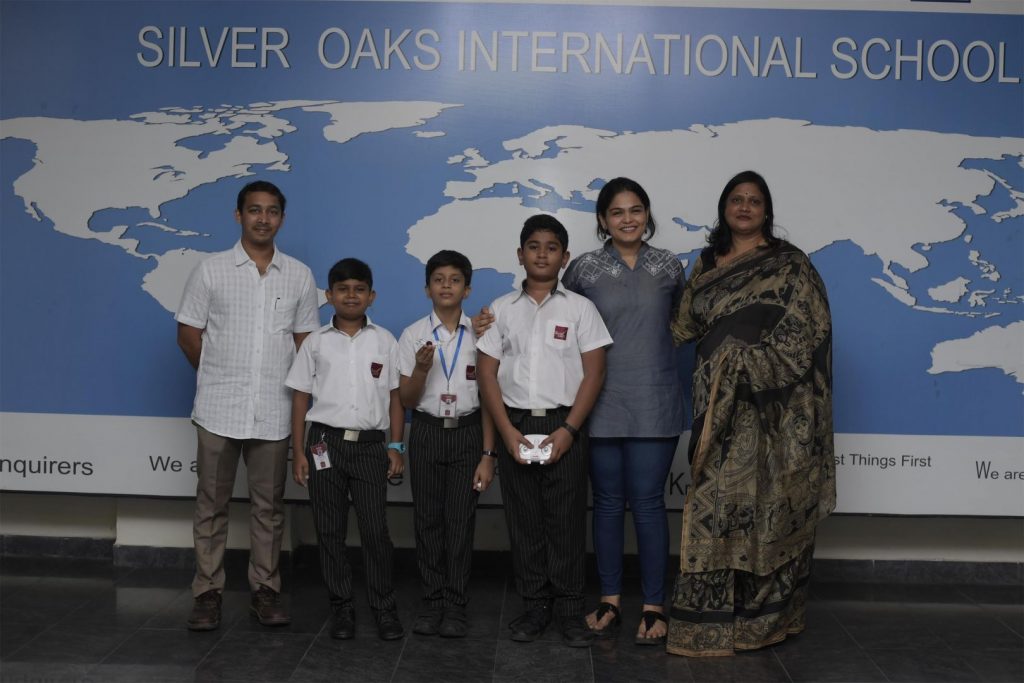
As well as India and Bosnia and Herzegovina, Sri Lanka has a commitment to science and technology education in its educational system. Gateway College in the capital Colombia has a team that has qualified in the 12-14 age group. Gateway College has a large investment in STEM education and has a specific area dedicated to technological innovation set aside at the centre of the school for that specific purpose. The team decided to help to understand Asian Elephants and developed a drone technology to help count and video their habits. A sophisticated sensor was used in their drone design.
Science and technology education is becoming increasingly important internationally and the more cross national cooperation in this field is encouraged the more it can benefit not only the environment but also the species therein including mankind.
Laura Gosset of The Born Free Foundation and partner in the BIEA International STEM Youth Innovation Competition in 2019 said that it is important for The Born Free Foundation to participate in the event to encourage wildlife conservation. Laura also said that it is a great opportunity to improve children’s science and innovative skills and raise in them an awareness of ecological protection. She also said that any event that publicises the protection of endangered animals at an international level can only be hugely helpful.
- Published in News
Centuries old Grammar School reaches the STEM final. Queen Elizabeth’s School enthusiasm for modern technology
As a country with a long tradition of innovation in science and technical instruction with a long history of STEM education and as the host of BIEA 2019 International STEM Youth Innovation Competition, Britain not only leads the number of participating teams in this competition but also has had a remarkable success in the preliminary rounds of the competition. One of the teams entering the final is Queen Elizabeth’s School in Barnet. The boy’s school was founded in 1573 under a charter granted by Queen Elizabeth the first and today, besides providing the traditional comprehensive education expected of a traditional grammar school, encourages inquiry into unmanned vehicle technology, VEX robotics and other cutting-edge technologies and has won many awards and international competition.

Regarding their interest in the competition the school science and technology department director, Michael Noonan, said that earlier this year one of his students, Aryan Jain, saw the notification of the BIEA international STEM competition whilst browsing the web and very quickly others became interested and a school team was formed to compete.
The teachers were very supportive of the student decision to enter the competition and encouraged them to explore their ideas independently. Michael Noonan said, “From the initial selection of animal species to the creation of the report and to the development of the UAV according to their designs, it was all the result of the team’s own little by little exploration and progression.”
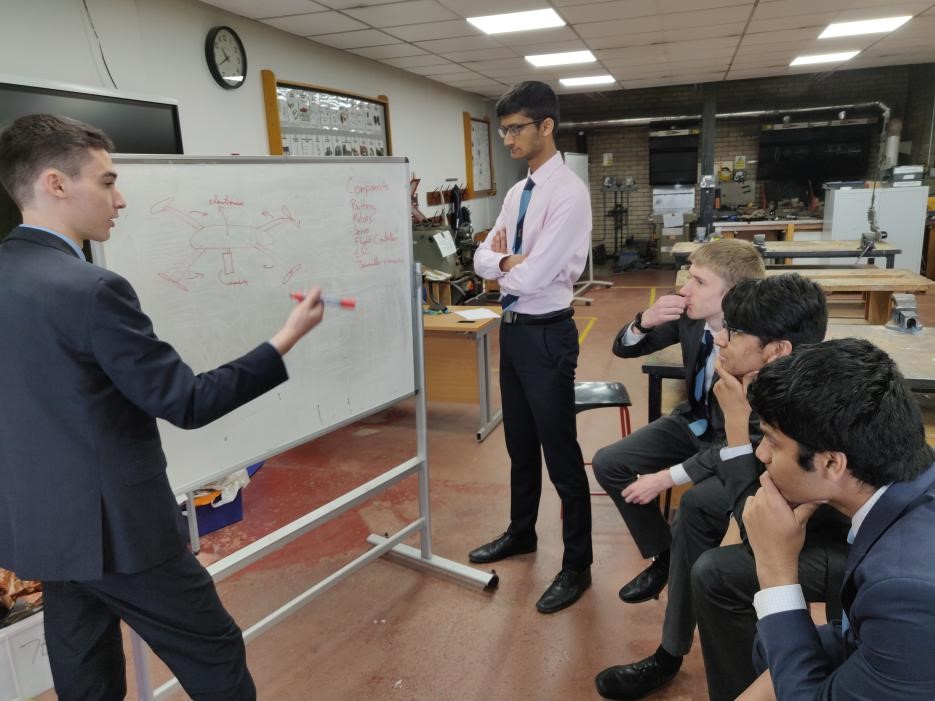
The team members are discussing which animal to choose to help protect. The team drew up a long list of endangered animals and explored the role drones could play in protecting them. As a result of the discussions the team members were enthusiastic to develop glider drones and choose an animal with a large distribution area hence the choice of the Black Rhino.
After referencing the relevant publications the team decided to use military surveillance techniques to aid in the protection of Black Rhinos. A complex equation derivation was successfully used to calculate the pixel resolution in the final design.
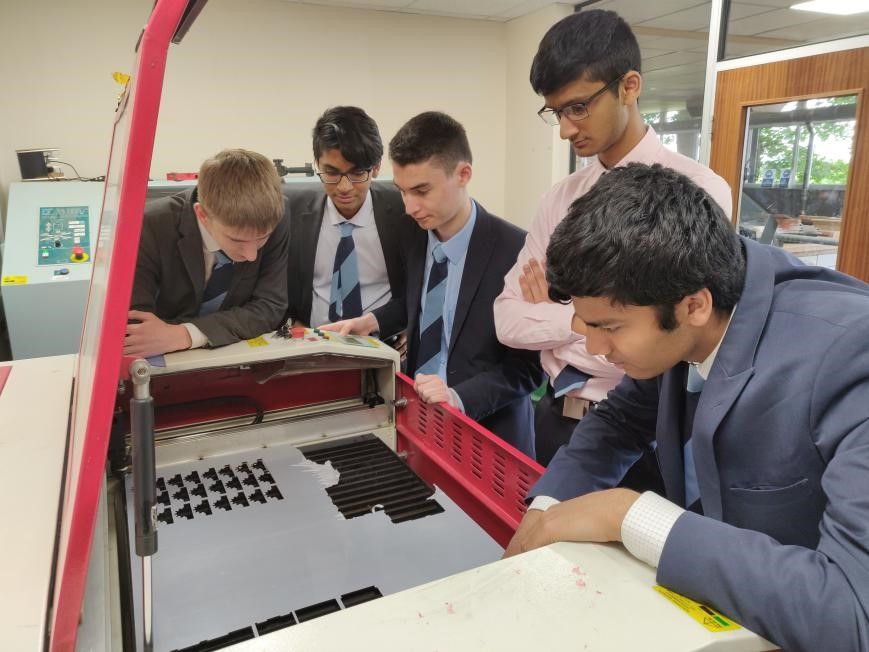
The team is working together to remodel drone parts
The final report and submission for the competition final deadline coincided with school examinations. How not to interfere with study for the all-important examinations? The boys were very enthusiastic to enter their drone design in the competition but were as equally concerned to complete their studies for the examinations. To this end a detailed division of work to be done was scheduled to be carried out outside of study time. Two days before the report had to be submitted the team had to work more than 14 hours a day to complete it. The hard work paid off and the report was submitted on time.
Having reached the finals the team was so enthused that they decided to build their drone themselves in order to present their design to the fullest. This has increased the difficulty but is definitely well worth the extra effort.
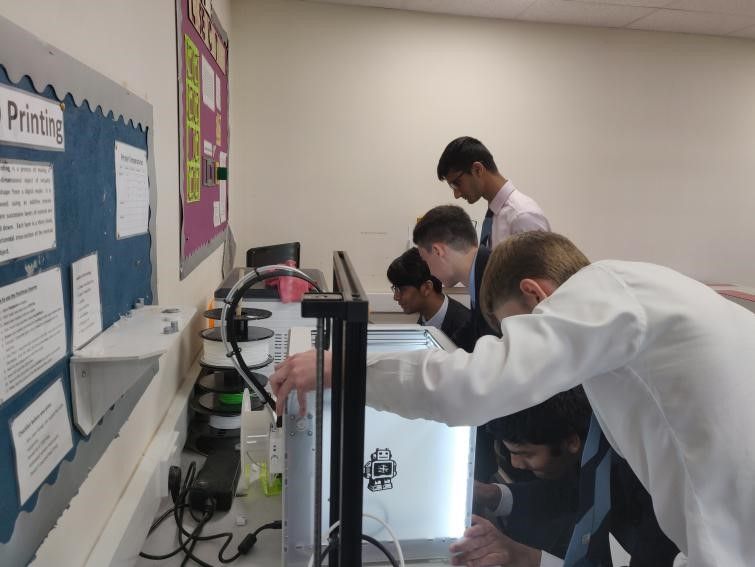
The team were divided into three sections, a group responsible for electronics, another responsible for the video and another responsible for the fuselage. The electronics group focused on providing the power and the control system and system compatibility. The video group made the video submission, wrote scripts, arranged 3D printing and coordinated the budget etc. The fuselage group designed the chassis and structure of the drone – all are coming together to provide the finished entry.
Despite the small number of team members the preparations for the final are proceeding in an orderly manner under the divided group responsibility and with close cooperation. Everyone in the team is looking forward to the science and technology innovation competition finals on July the 4th.
Michael Noonan is extremely proud of his students and the effort that they are putting into the project. When the team found out that they had been selected for the finals the rest of the school was enthused with interest in the BIEA STEM Competition and he believes that more students will show interest and compete in any future competitions.
- Published in News
Scientific innovation inspires youngsters in STEM
With the finalist list announced the BIEA (2019) international youth science and innovation competition the atmosphere continues to intensify with the teams entering the final preparatory stage. The reports submitted in the preliminary contest not only reflect the understanding and cognition of each team of aspects of scientific innovation, but also represents the level that teenagers in different countries and regions have achieved. Being a leader in China’s economic development Shanghai has always attached great importance to science and innovation in education. The four teams sent by the second affiliated middle school of east China University in Shanghai are honoured to have reach the final to be held in London.
Students wholeheartedly embraced the project
The theme of BIEA (2019) international youth science and technology innovation competition is “drone wars and species extinction”. The combination of the popular UAV technology with humane animal protection projects has attracted active participation from schools from around the world. This includes the second affiliated middle school of East China in Shanghai. Due to the large number of students that have enrolled for the project the school selected two teams in the 12-14 age group from the Junior Middle School and one team in that age group and another aged 15-17 from the International Department to participate in the competition.

Although they love science and innovation, how to combine drones with animal protection was still a great challenge for the children. Teachers Yang Bing and Chen Giong asked experts from Shanghai Jiao Tong school of aeronautics and astronautics to give advice and help. The International Department and the Agricultural School in the University arranged for the children to visit the drone base of the university to experience examples of the uses of drone technology. This increased the enthusiasm and excitement amongst the children for the competition.

Brainpower and hardwork. UAV design fun
After discussion with teachers and comprehensive research children quickly chose the animals to be protected by their teams and modified the UAV designs according to the environment and habits of the animals selected.
The Typhoon group of students in the Junior Middle School chose the Chinese flying squirrel with multiple teeth as the animal to protect. Because of the nocturnal habits of the flying squirrels the students decided to use a wide-angle camera to observe and locate the caves they inhabit during the day and then use the night vision camera to observe and count the population at night. The advantages and disadvantages of all kinds of equipment were assessed and used to help them complete their objectives.

The UAV Cavalries team, another team from the middle of the primary school, selected the Asian elephant to help protect. They had to consider such things as counting the population, the encroachment of poachers and the availability of water. All of this was considered and researched in creating their project.
The junior high school and senior school teams of the International Department chose snow leopards and Chinese alligators as their animals to help protect. Each carried out comprehensive research on their respective animals and used their spare time to investigate design and construction characteristics of drone technology. The whole experience was very enjoyable.
The challenge was met and all four teams are finalists
The UAV design and modification process greatly facilitated the children’s creative thinking as well as their ability to research projects and develop the attendant skills. One of the many things that the students from the International Department’s 15-17 age group team discovered during their research on the Chinese alligator was that it’s skin colour was so close to that of the rocks on which it basked that it was difficult to see and that it was poikilothermic (cold blooded) and could not be tracked by an infrared camera.
To overcome this problem the team researched the habits of the alligators and discovered that they liked to float on the water and that their eyes glowed red when illuminated at night. This enabled the team to devise a method for counting the alligators with their drone.

During one of the flights to test the design of the drone near a school pond the sound startled a water bird catching fish and it’s wings knocked the drone. Fortunately, all was not lost and the children guided the drone to a save landing in a large stone in the middle of the pond. Yan Li, a science teacher and innovation instructor at the school was full of praise for the way the children handled the crisis.

The science and technology innovation competition is a perfect opportunity to exercise children’s science and technological innovation ideas and practical ability. The competition also allows the children to express their very human instincts in their desire to protect wild animals whilst displaying their innovative and technological skills to others from around the world and experts in STEM education. This can only bode well for the future.
When we found out that our team had been shortlisted for the finals and that we were going to London to participate we all cheered. We are full of pride and are honoured in the mission to compete with other school teams from around the world. I hope that the preparations for the finals that we are making at present will result in a most enjoyable time for all concerned and that Shanghai will prove a worthy competitor in the competition.
- Published in News
Impressive works by students in 2019 BIEA STEM Competition
One of the results of organising this competition, amongst others, is the quality of illustration and drawing exhibited by the school teams across the age groups.
The drawings of the distribution of snow leopards and maps of China submitted by the Hangzhou World Foreign Language school in the 9-11 age group are charming (above). What is equally stunning is the wonderful illustration of a tiger painted drone with a tiger faced centre submitted by Ravenswood School For Girls in the same age group. Their power point report is also very well done.
The photo and reasoning of the drone design submitted by the No. 2 High School of East China Normal University are equally clear in the 15-17 age group.
Many of the drone designs in the older groups are fascinating and ingenious. One submission that stands out technically is from the Koszaline secondary school 1 LO 1m for the preservation of Gray’s Zebra. Their innovative design and technical reasoning is amazing.
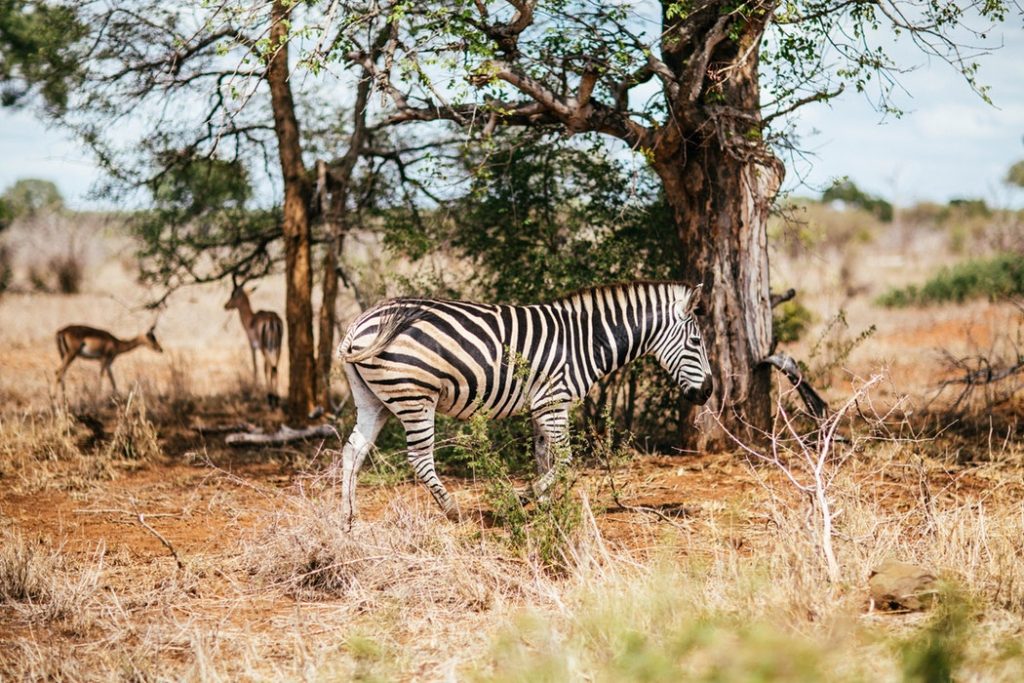
The imaginative use of material in construction of the designs was surprising. No 2 School Shanghai’s reasoning for and explanation of using graphene in their drone is very interesting. Queen Elizabeth’s School Barnet’s reasoning for using a fixed wing design is equally impressive in their desire to help the Black Rhino. The clear reasoning and explanation of the design of India’s Visakha Valley School’s drone design including a clever use of Raspberry Pi in the desire to track the Red Panda in it’s environment is fascinating.
Hisar School from Istanbul intriguingly propose to use of mycelium as a material in the construction of their drone designed to assist Mountain Gorillas and Pangolins.
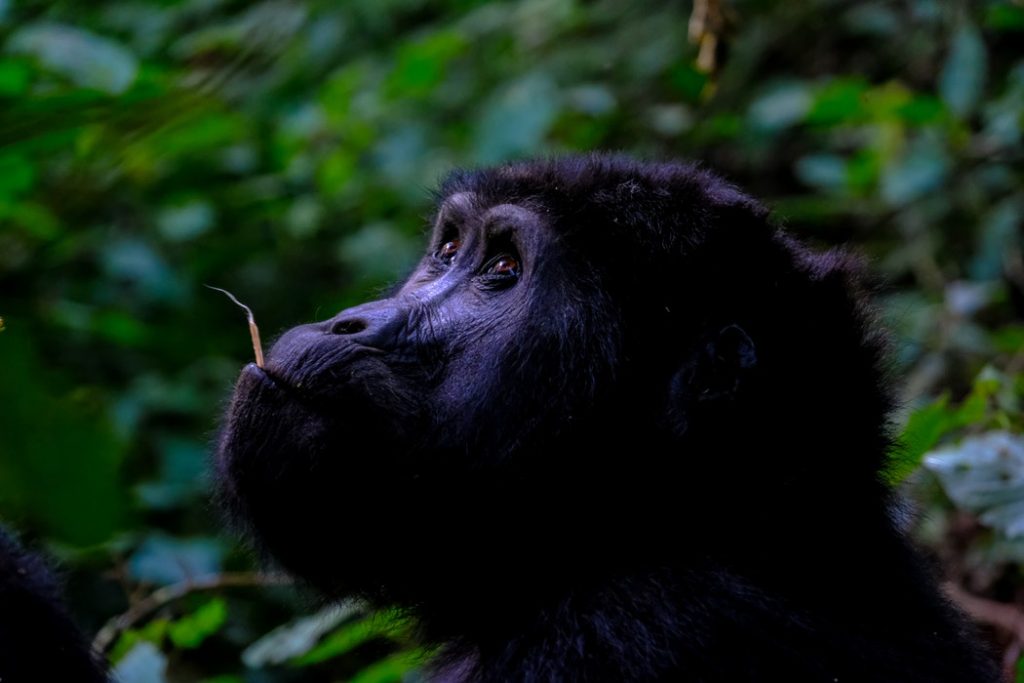
Other finalists have chosen to help complex toothed flying squirrels, basking sharks, tasmanian devils and other endangered animals with their projects and the finals in July look to be a very exciting and rewarding occasion.
- Published in News
Amazing entries from the first round of the BIEA 2019 STEM Competition
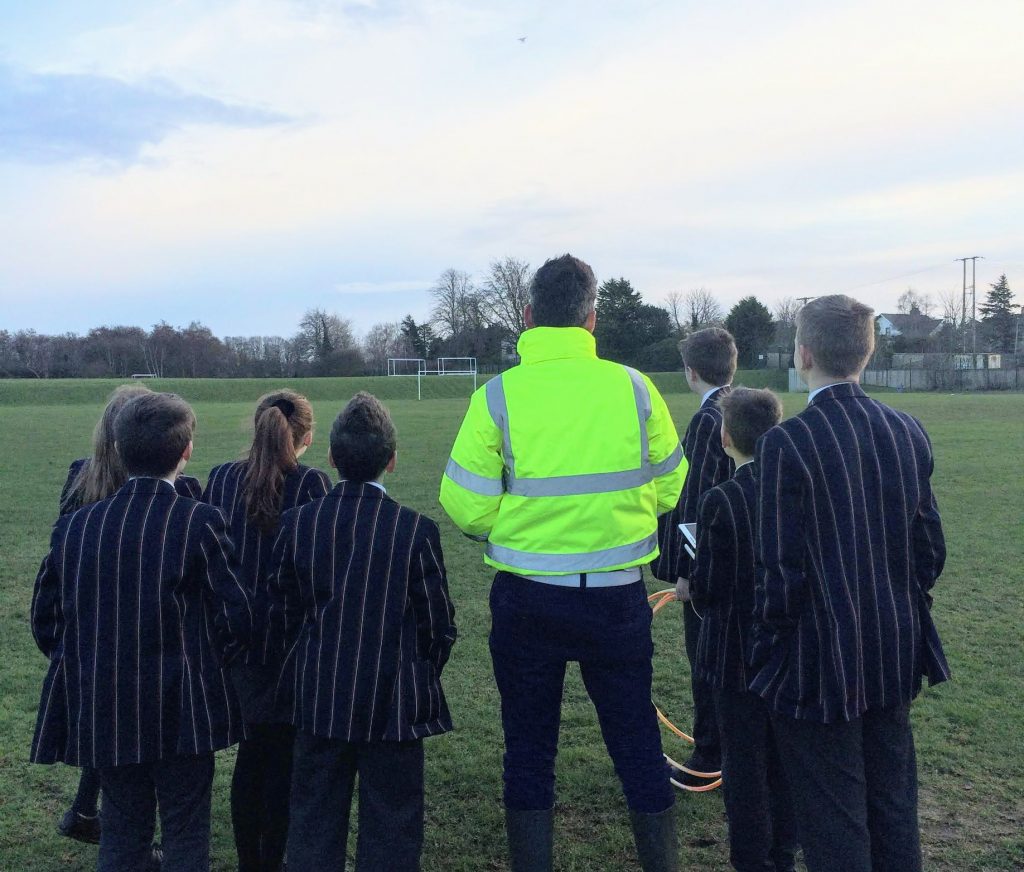
Students from the Coleraine Grammar School in Northern Ireland and their teammates flew their drone with their instructor starting their journey on the BIEA 2019 STEM competition.
BIEA was impressed with the entries submitted for the first round of the competition. It was obvious that many teams had worked hard to thoroughly research, design and write up their ideas for saving animal species from extinction.
The range of animals was impressive, and we were particularly impressed with entries that included animals relevant to the teams’ local area. This included the entry by Coleraine Grammar School on Basking Sharks that had been seen in Irish waters. They followed up their ideas with a visit from a local university lecturer to discuss drones. We were also impressed by Srednja skola Jablanica, a school in Bosnia, who focused on Bosnian wildlife, including the lynx, wolf and mouflon. Their report reflected some excellent planning and well-described division for team roles. Visakha Valley School chose the Red Panda for their project focus, and submitted an outstanding report including details about each of the team members and their supporting staff. One of the teams from Sheffield Park Academy also included details about team member roles in their project on the Tasmanian Devil.
Some teams incorporated innovative ways of experimentation for the report. One of the teams from St. Margaret’s School conducted a field test to find out how many pupils (‘animals’) could be counted by their drone at different heights in their project on Darwin Foxes. Team Endeavour, in their report on Sea Turtles, tested the strengths of different materials and measured the thrust of a motor to help determine their final drone specifications.
We also had a lot of teams using CAD and 3D printing to help with drone designs. Topkids Center included an outstanding design specification for their project on the Bactrian Camel. A team from Kent College 3D printed their design from their specifications, as did I Liceum Ogólnokształcące im. St. Dubois, who also developed a flight simulated path for their drone project on Zebra.
Some outstanding hand drawn specifications were also included – we were particularly impressed with the diagram for the Snow Leopard tracking drone by Alpha Preparatory School, along with the detailed exploded diagram of drone by the Westcliff High School for Boys and their project on the Amur Leopard, and the original drone design by the American International School of Cape Town who designed a drone with caterpillar tracks for tracking Savannah wildlife. The team from the Shanghai Foreign Language School Affiliated to SISU included in depth calculations for the drone range using 5G wireless signals around a Tibetan antelope animal reserve.
These are just a small selection of some of the amazing reports submitted for the first round of the competition. We would like to thank everyone who has worked so hard in the first round, and now we are very much looking for to seeing the great work continued in the second rounds of the competition.
- Published in News
45 Teams from 18 countries and regions advance to BIEA 2019 International STEM Competition
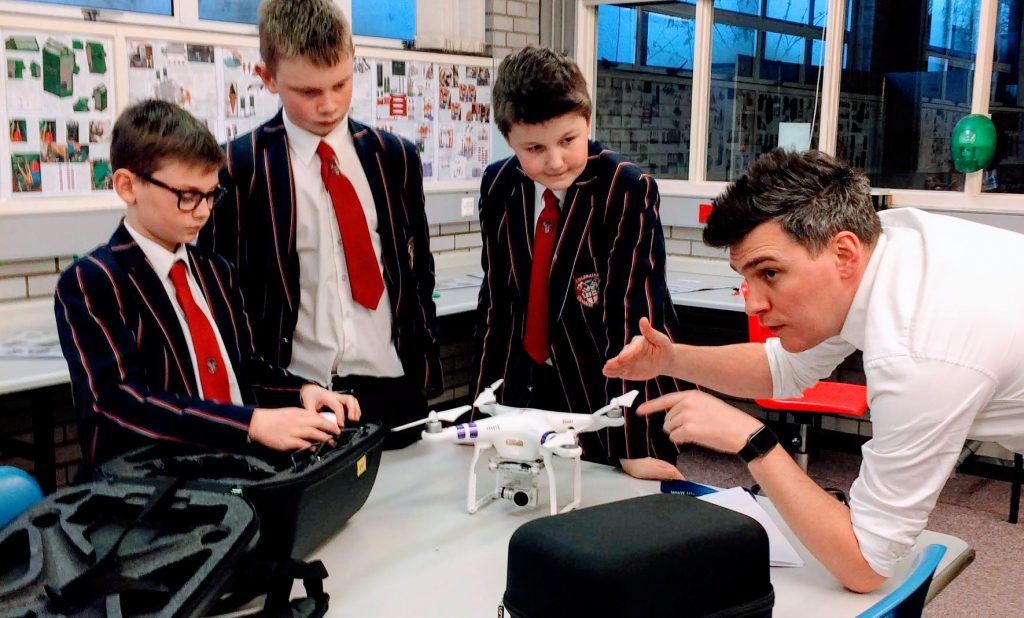
Early today, British International Education Association (BIEA) in association with Born Free Foundation announced the shortlist for BIEA 2019 International STEM Youth Innovation Competition.
Since the launch in January 2019, there has been huge interest from schools and teachers from around the world. With the competition reaching 30,000 schools globally, drawing applications from 34 countries and regions through the support of its partnership. After an intensive and rigorous marking process, 45 teams are through to the next round based on their qualification scores, representing 18 countries and regions including UK, China, USA, Australia, Canada, India, Kenya and many others.
Each year a theme connecting world issues and technology is chosen for the competition, which will be announced in January and the finals will be held in July. This year’s theme is “Fighting Extinction via Drone Technology”. Teams are asked to come up with a drone design to aid in the conservation of endangered species, and projects submitted in the first round focused on an enormous variety of endangered animals, including snow leopards, black rhinos, pangolins, turtles, elephants and many more.
In the next round, qualifying teams will modify/build a drone to reflect their report design ideas as laid down in the first round within a fixed budget. They are required to submit two videos by 4th June, one to demonstrate their drone in action and able to complete a set of tasks, a second video to visually present an outline of their project to date. In the meantime, BIEA STEM Ambassadors will visit shortlisted teams and support their innovation projects.
Upon successful submission of the videos, teams are invited to come to the international final at the London Royal Air Force Museum on 4th July, with a public showcase of their projects and presenting to a panel of expert judges. A grand prize of £5,000 is waiting for the top team, a variety of other prizes across the age categories will be awarded to participating teams.
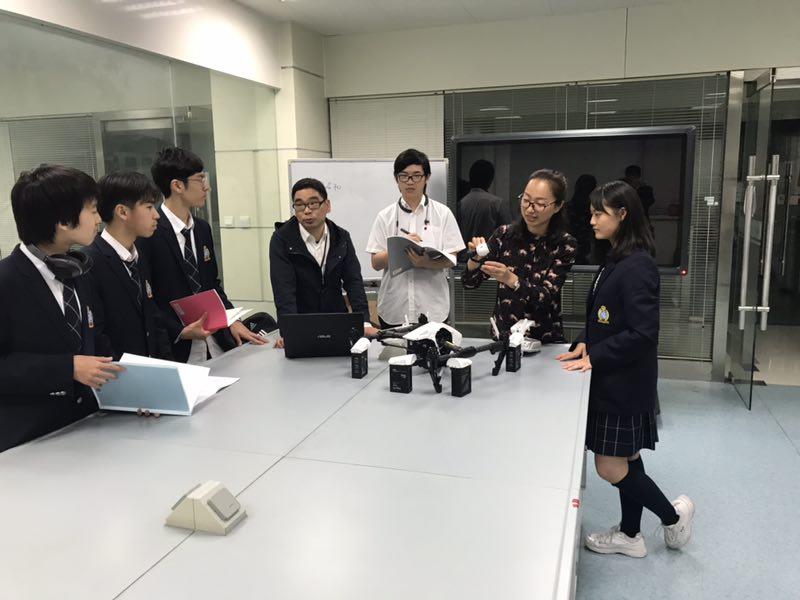
About the competition
The annual BIEA International STEM Youth Innovation Competition is BIEA’s flagship programme designed to encourage students to pursue study and careers in STEM. It presents a unique opportunity to motivate the next generation of leaders who will change the way we explore and connect in the world. One theme is chosen each year to reflect the pressing issues and challenges in today’s world and how technology could be used to in solving these challenges. The competition spans three age ranges: 9-11, 12-14 and 15-17. Entry teams are made up of 3-5 students supported by a teacher, where teamwork is an important component of the competition. There are five main components to the competition: report writing, innovation, presentation, Dragon’s Den style pitching and fixed tasks.
BIEA promotes friendly competition among teams from diverse socio-economic backgrounds, ethnicities, and geographies – from emerging towns in Nigeria to historical capital city of China. Numerous teams are engaging in fundraising campaigns in their communities to make their participation this year possible.
Quotes
“The overall quality of the reports was astounding, more so when we consider that many young people were submitting reports in a second language. In some cases, the standards of secondary research and innovative experimental investigations to gather primary data for drone specifications were worthy of undergraduates rather than secondary school students.”
Dr Alex Holmes, Lead Competition Judge
“BIEA aims to bring together educators and young people of all ages from around the world who share a passion for Science, Technology, Engineering and Mathematics (STEM). We hope our chosen topic will not only illustrate to the audience the importance of technological innovation when it comes to environmental protection, but also inspire the next generation of STEM graduates to put their minds to solving these pressing world issues”.
David Hanson, STEM Chairman, BIEA
“Wildlife is coming under increasing threat from human actions so Born Free is thrilled to be partnering with BIEA on this competition. It’s a chance to help the next generation understand the real-world application of STEM skills. How we can effectively use technology to protect and monitor wildlife populations could be the difference between extinction and survival for some of the world’s most threatened species.”
Laura Gosset, Head of Education, Born Free.
Follow and support your local team on the road to the International Finals using the official hashtag: #BIEACompetition
For more information about the BIEA International STEM Youth Innovation Competition and to view the complete list of the shortlisted teams, visit our site: www.bieacompetition.org.uk/announcement, or follow BIEA @BIEAeducation on Twitter.
- Published in News
Scientific and technological innovation will provide new ways of coexistence of humans and wildlife
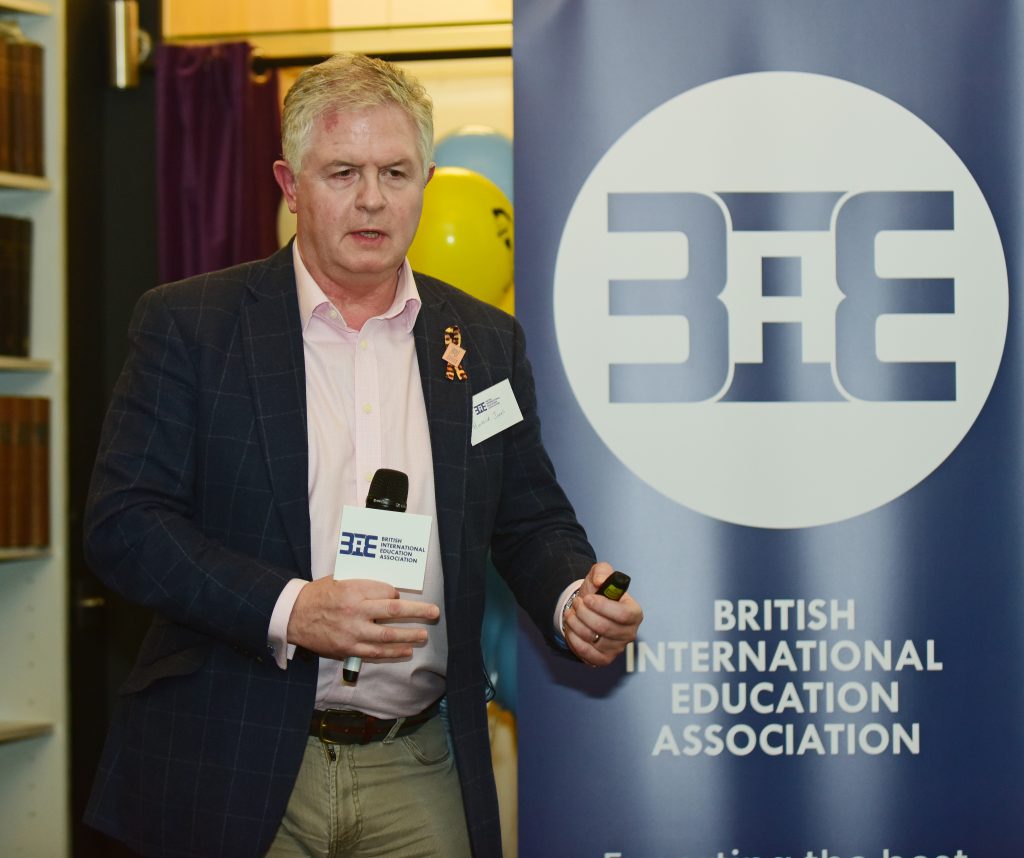
Global warming, disappearing forests, marine pollution, loss of biodiversity …we are facing serious problems of environmental collapse. What can humans do? The BIEA 2019 International Youth Competition partner and British wildlife conservation charity, the Born Free Foundation, has promoted the use of technology of in animal protection work, helping to facilitate a peaceful coexistence between humans and animals.
This view was outlined by the Born Free Foundation CEO, Howard Jones, and Dr Liz Greengrass in ‘Environmental Challenges Facing Science and Technology And How To Play A Role In The Protection Of Wild Animals, ’ their talk that was delivered at the inaugural BIEA STEM Conference in January 2019.
Their talk emphasised their excitement of being involved in animal protection. The Born Free Foundation described how humans and animals can co-exist through the use of aeronautical platforms, communication and tracking technology. These and other similar technologies are used in their programs to assist their animal protection strategies and conservation work. Drones are being used to track and record wild animal movements; communication, hi-tech security and other technological tools are also being advanced by the Born Free Foundation teams.
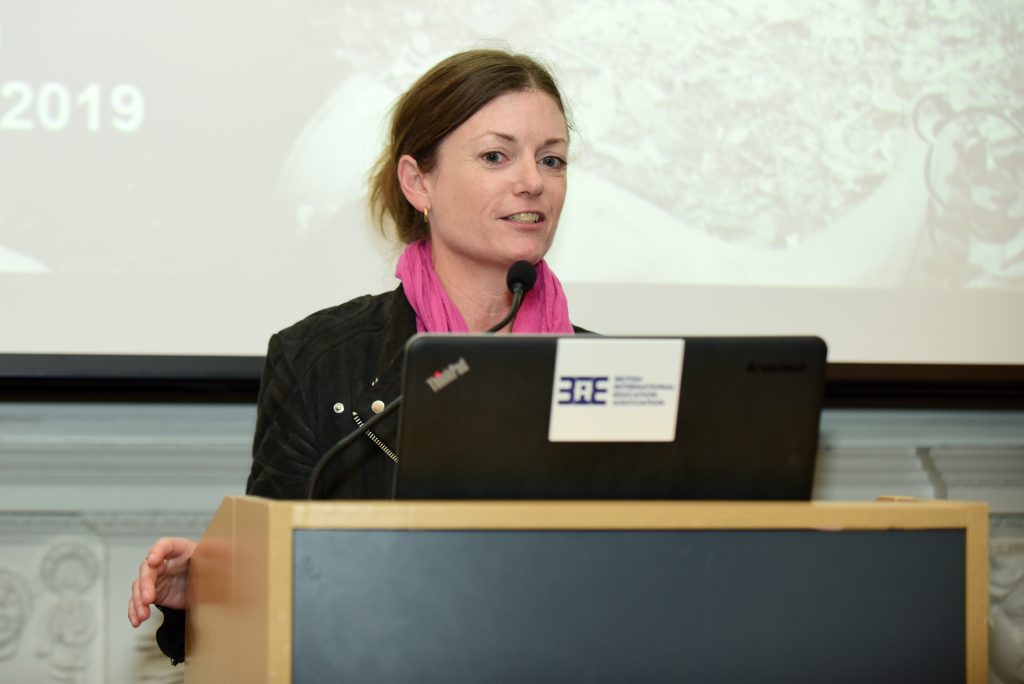
Dr. Liz Greengrass, The Born Free Foundation’s Head of Conservation, said that “Science and technology has a huge potential for helping in the support of endangered wildlife. With the involvement of the BIEA STEM Competition for teenagers, and its theme of using drone technology for wildlife conservation, young people will be encouraged and enthused to participate in conservation.”
The entry period for the BIEA STEM International Youth Competition is approaching its closure. International STEM workers, experts in wildlife conservation, international schools, students and parents have all been enthusiastically getting involved.
If you want to be involved in technological innovation, wildlife protection and be part of creating an exciting future for our planet, contact your teacher to submit a registration application. You can find the entry details on the 2019 BIEA STEM International Youth Competition official website.
In promoting human and wildlife coexistence, the BIEA hopes to engage the involvement of young people in the long-term support and sustainability of the environment. If we can do this by encouraging young people to do this and engage with new technologies at the same time, then all the better.
BIEA 2019 International Youth Branch Competition official website: www.bieacompetition.org.uk
The Born Free Foundation Profile
The Born Free Foundation was founded 35 years ago and is one of the world’s leading wildlife conservation charities. They have always been committed to advocating compassionate protection in order to improve the survival of endangered wild species and their ecosystems. We hope that this work with the BIEA will also have a positive impact for wildlife.
- Published in News
Innovative thinking alongside environmental awareness: how BIEA are encouraging young people in STEM to solve real world problems
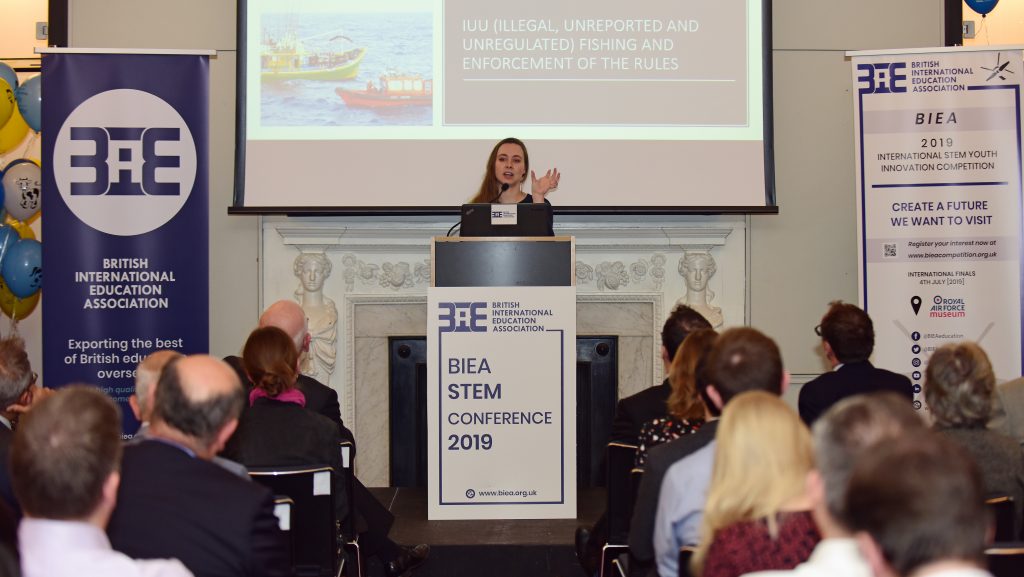
At the BIEA STEM Conference in January 2019, Melissa Schiele, Researcher from the Zoological Society of London (ZSL), gave a presentation on the topic ‘Development and assessment of a fixed-wing amphibious UAV for marine megafauna surveys and enforcement’. Melissa pointed out that through modifications of fixed-wing drones, investigation of marine mega-animals could be facilitated, although there remains a lot of room for efficiency improvement in investigating the UK’s marine protected areas due to the complex environment of its surrounding seas.
Melissa also described how her research team’s fixed-wing UAV had been modified. The modified drone is fully waterproof (marine) and includes two cameras. It is be controlled by both a laptop and a RC controller. In order to meet the requirements of surveying marine animals, which can involve extended flying periods, it has a long flight duration, allowing it to collect valuable information about marine animals. For example, it allows researchers to identify the species, and numbers of them, that frequent an area; it also allowed researcher to monitor illegal fishing activities from some distance away.
Melissa’s example inspired us in how application of STEM knowledge and innovation can help solve ecological problems through the novel use of technology. In recent years, educators have sought to encourage enthusiasm about STEM to the younger generations. Seeing how STEM is actually applied in this way in real world is an opportunity to cultivate innovative thinking in conjunction with environmental awareness. This fits alongside the aims of the BIEA 2019 International STEM Innovation Competition Contest with our theme ‘Fighting Extinction via Drone Technology;’ a competition already attracting participating teams of enthusiastic young people from around the world.
- Published in News



